
Hoover Dam
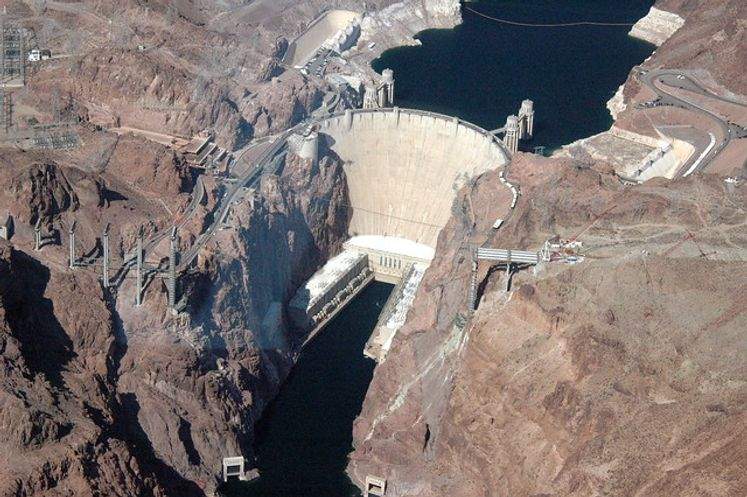
"Hoover Dam, Lake Mead" by David Cushing is licensed under CC BY-NC-ND 2.0.
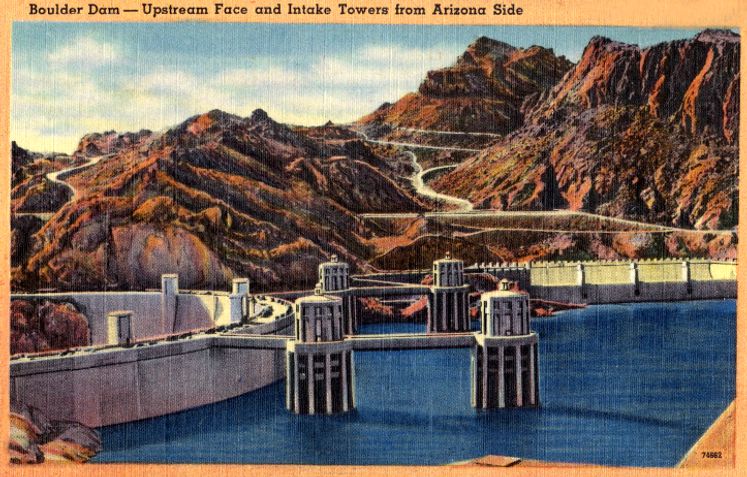
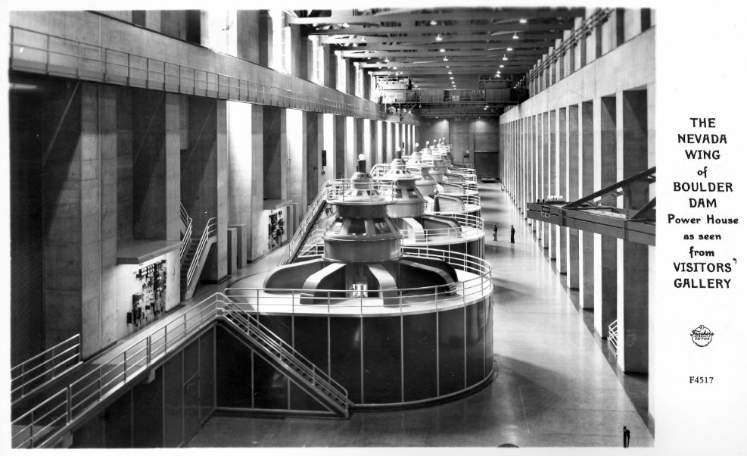
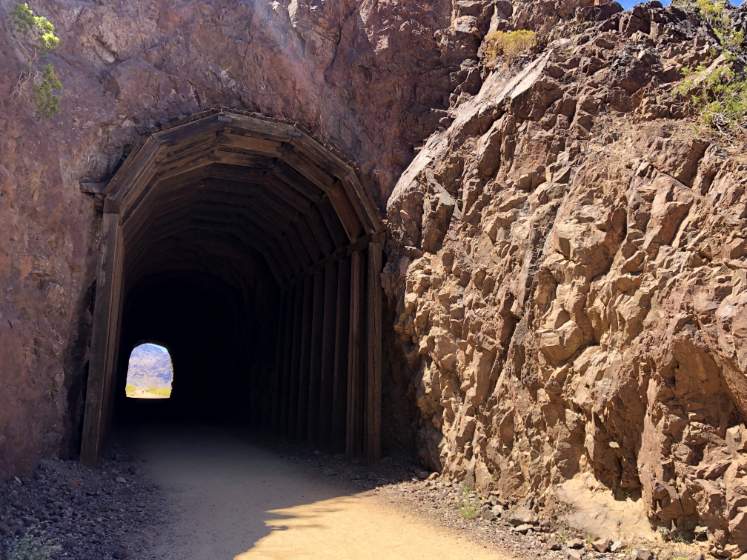
You are walking along just one segment of a 30-mile network of railroads built in 1931 specifically to haul materials to construct Hoover Dam. This line, the U.S. Government Railroad, ran from Boulder City down Hemenway Wash to a concrete mixing plant on the rim of Black Canyon. Trains ran 24 hours a day carrying gravel, supplies and machinery to the dam construction site. (National Park Service U.S. Department of the Interior)
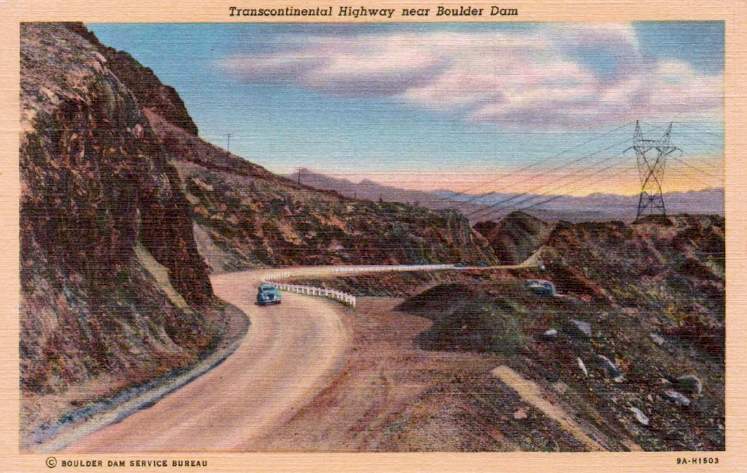
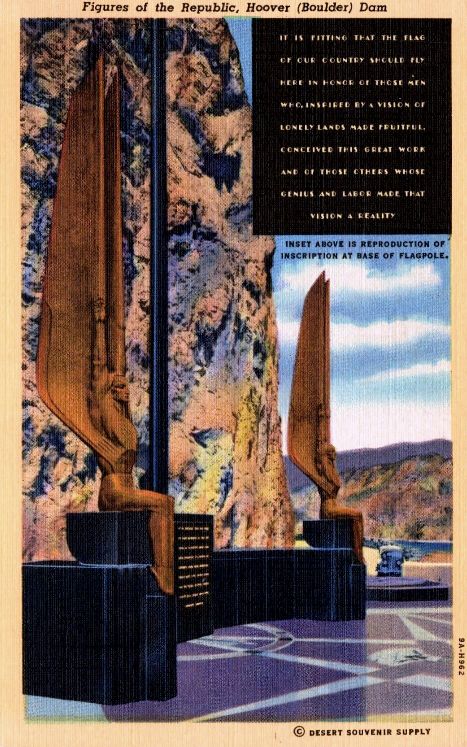

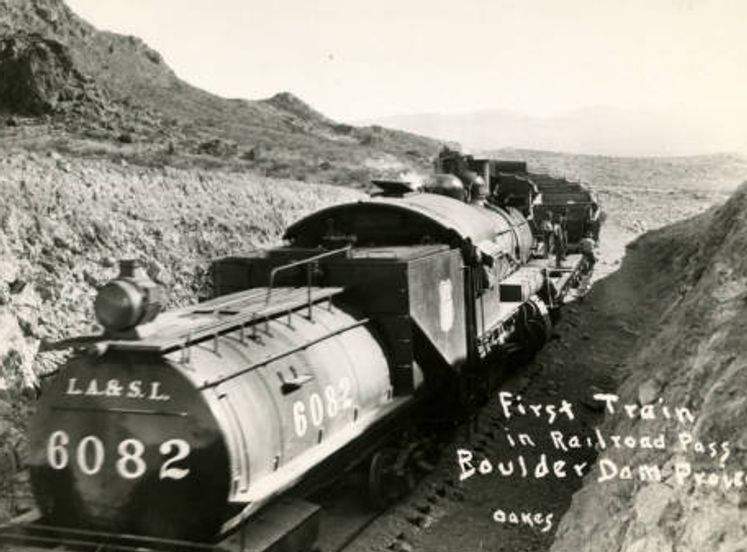
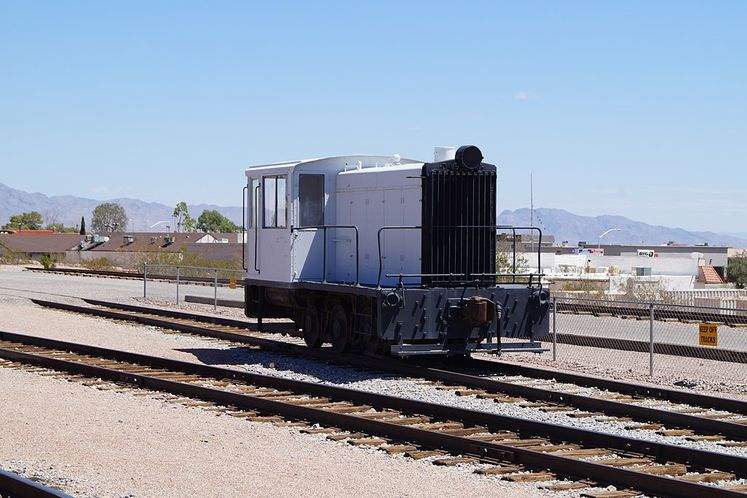
Davenport 30. Was used to haul supplies and material to the dam site from 1936 to 1962. Currently located at the Nevada Southern Railroad Museum.
"Nevada Southern Railroad Museum '38" by NearEMPTiness is licensed under CC BY-SA 4.0.

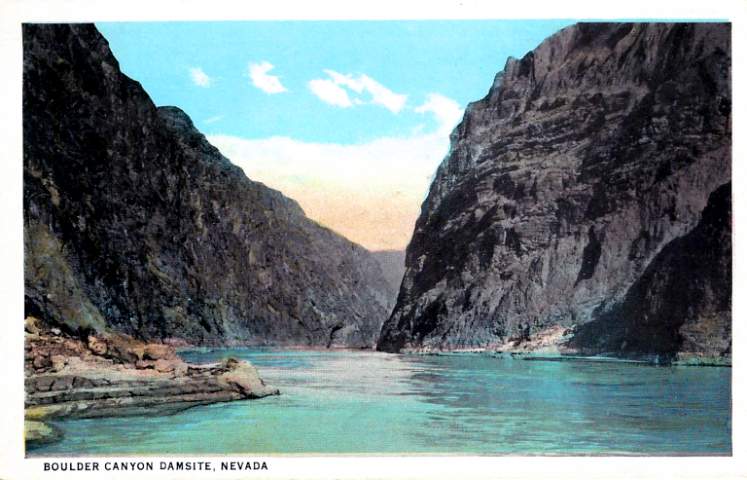
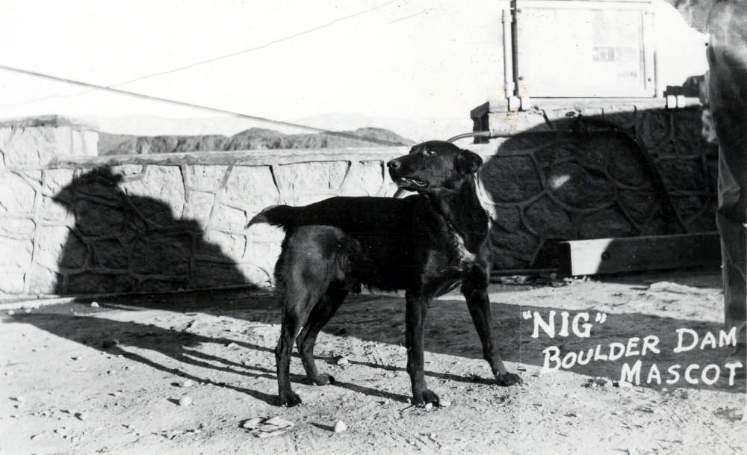
The Hoover Dam construction crew's mascot was found as a puppy by workers at the construction camp. This dog traveled to and from the damsite with them and spent his days visiting the many work areas. On February 21, 1941, the life of this devoted animal came to an end when a truck under which he was sleeping rolled over him. The grave below was completed by workers later that same day. (Hoover Dam Marker)
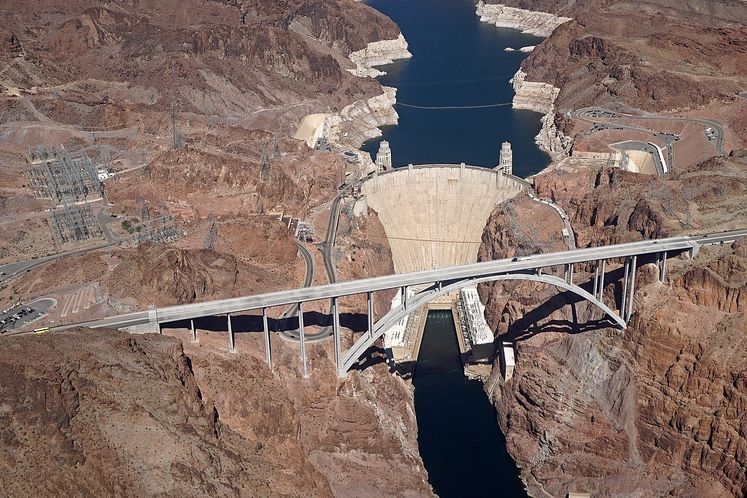
Mike O'Callaghan–Pat Tillman Memorial Bridge. Built in 2005. Opened in 2010.
"Aerial view of the Mike O'Callaghan–Pat Tillman Memorial Bridge over the Colorado River at Hoover Dam (Nevada-Arizona limit)" by Mariordo (Mario Roberto Durán Ortiz) is licensed under CC BY-SA 4.0.
"Since 1935, Hoover Dam and Lake Mead have provided flood control, irrigation, drinking water, and power to communities in the desert southwest. These resources have transformed the southwest into productive farmland and thriving communities. The dam was originally built to protect farmland in southern California from flooding by the Colorado River. The Bureau of Reclamation planned the project and designed the dam. Engineering geologists played an important role by surveying the Colorado River for potential dam sites, conducting subsurface investigations, and mapping foundation conditions during construction.
Hoover Dam has long been recognized nationally and internationally as one of the world's greatest engineering and construction achievements. Built of 3.25 million cubic yards of concrete, the dam is 726 feet high, 660 feet thick at the base, and 1,244 feet long at the crest. It was the highest dam in the world from 1935 to 1967 and the largest hydroelectric plant in the world from 1936 to 1949. Lake Mead continues to be the largest man-made reservoir in North America. Built during the Great Depression, over 5,000 workers from virtually every state in the nation joined forces to complete Hoover Dam in less than 5 years. It was a symbol of national pride.
Water and power from Hoover Dam and Lake Mead have provided vital benefits to the southwest and the nation. Water from Lake Mead irrigates farmland in southern California and southwestern Arizona. Fruit and vegetables grown in this area are consumed across the country year round. Lake Mead supplies municipal water to Las Vegas, Phoenix, and 33 communities in the Los Angeles area. Hoover Dam generates 4 billion kilowatt hours of electricity a year, enough for 1.3 million people. This power is renewable and does not produce air pollution or toxic waste. Income from the sale of electricity pays all the operating costs of the dam.
Lake Mead was established as the country's first national recreation area in 1964. It is the fifth most visited park in the National Park system. Nine million people a year come to Lake Mead for boating, fishing, swimming, camping, hiking, and picnicking. The lake covers 247 square mile and has 700 miles of shoreline. The recreation area covers 1.5 million acres and serves as a protected home for desert wildlife such as bighorn sheep, coyotes, jack rabbits, and desert tortoises.
Environmental impacts from construction of Hoover Dam have become apparent over the years. The Federal government and states of Nevada, Arizona, and California have initiated an innovative, 50-year program to protect fish and wildlife and restore habitats along the river from Lake Mead to the U.S.-Mexico border. Two species of native fish now endangered in the Lower Colorado River Basin are being grown for release into Lake Mead and other lower Colorado River areas. Four national wildlife refuges and one national wildlife area provide habitat for fish and waterfowl on the lower Colorado River.
For 70 years, Hoover Dam and Lake Mead have provided the benefits needed to make the desert southwest productive and livable. Without Hoover Dam and Lake Mead, major cities in Nevada, Arizona, and southern California could not exist as we know them today. This legendary project will continue to provide benefits well into the future as the southwest grows and prospers."
(The Association of Engineering Geologists)
Listed on the National Register of Historic Places in 1981.
Listed as a National Historic Landmark in 1985.
State Route 172 (Hoover Dam Access Road) is listed as Nevada Scenic Byway (2014).
Located in the Lake Mead National Recreation Area.